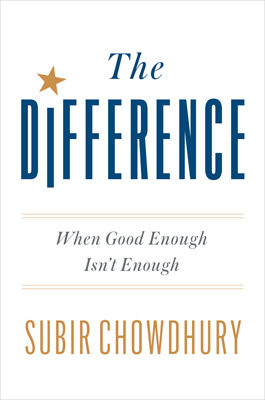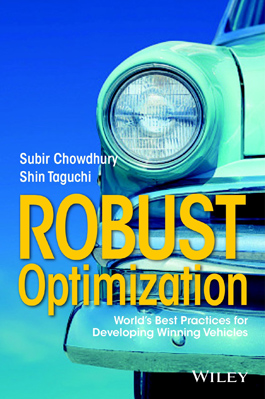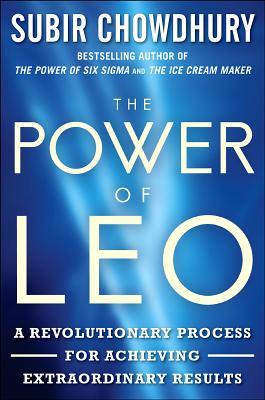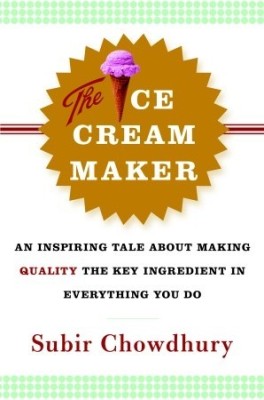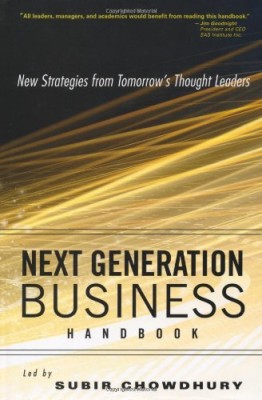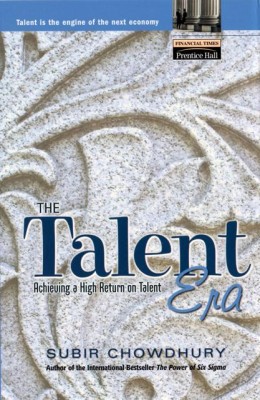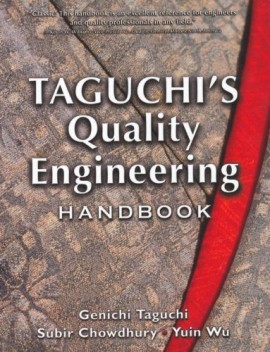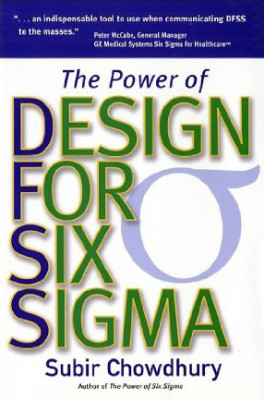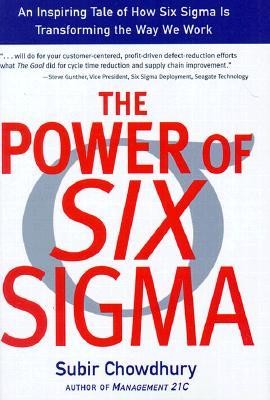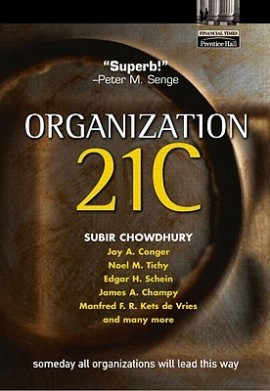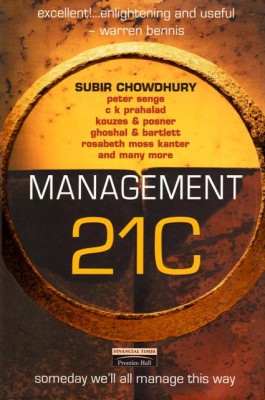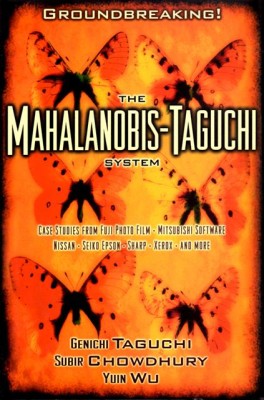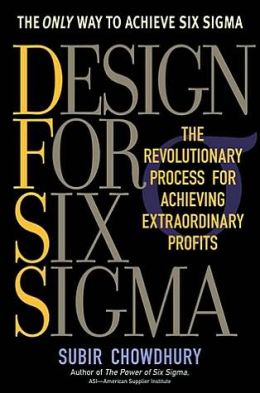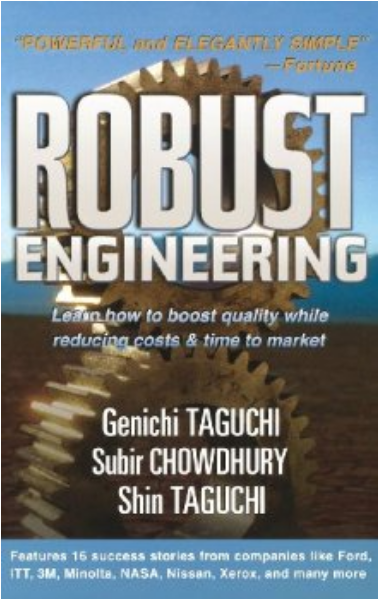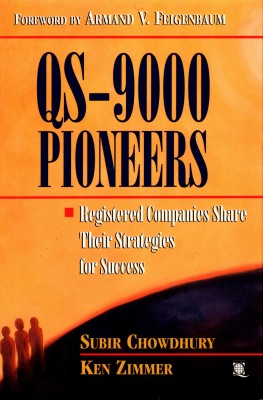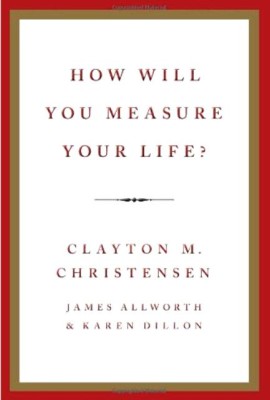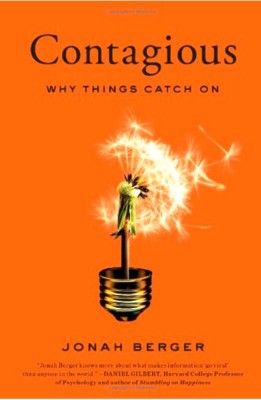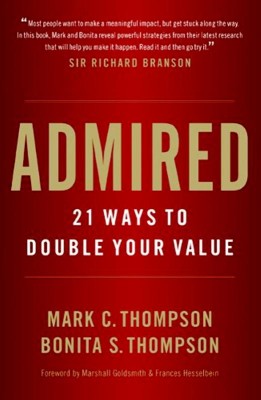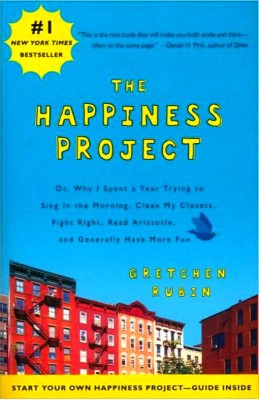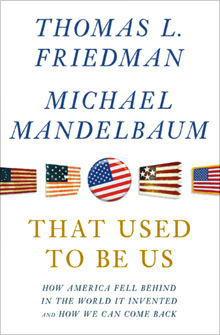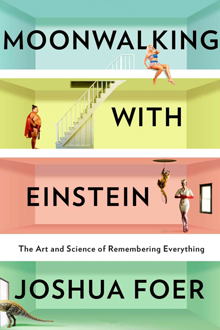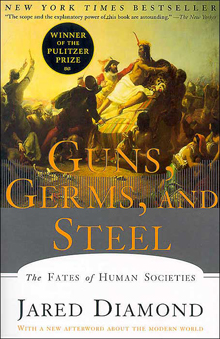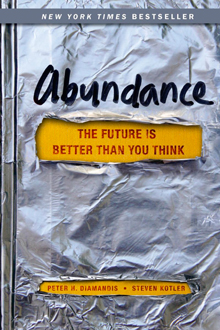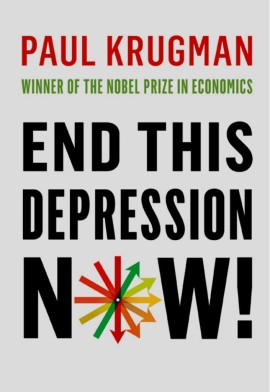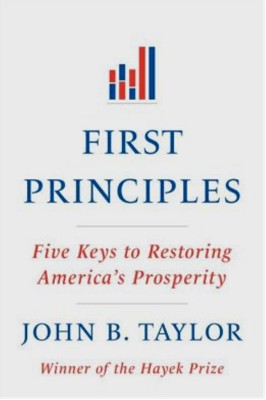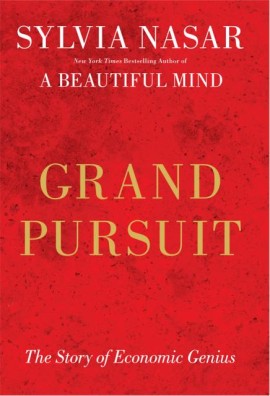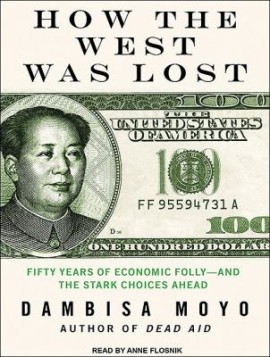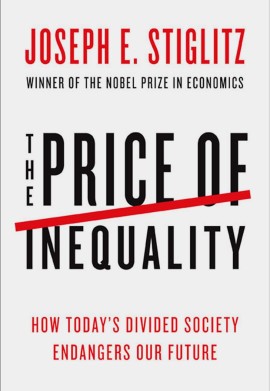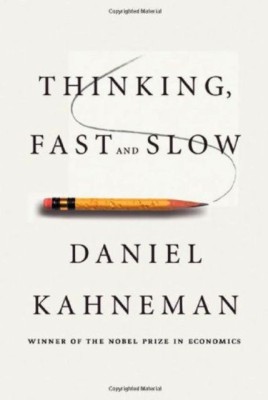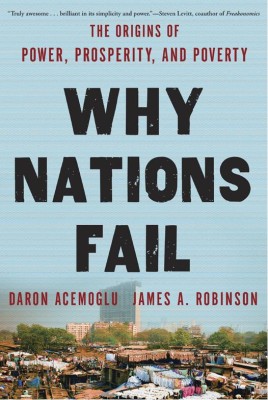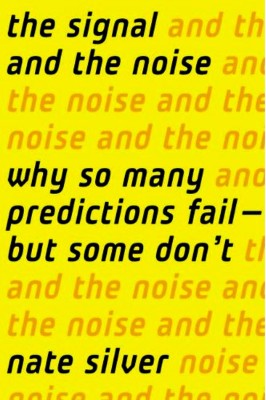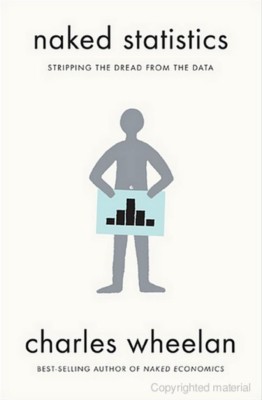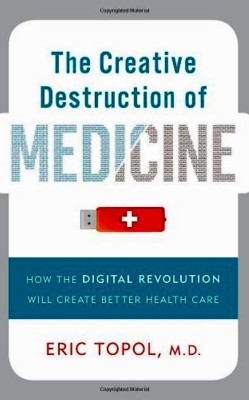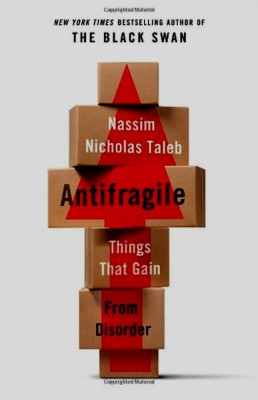How do organizations work on their quality process without disrupting operations for weeks at a time?
Quality & Process
When ‘quality’ ceases to be just lip service from one employee to another – it becomes a process for continuous improvement toward perfection.
I was at a gas station and saw a sign that claimed that the fuel was “enriched” with a chemical additive that would make my car run cleaner and more efficiently. My wife bought food that was also enriched, fortified with vitamins and minerals that added nutritional value.
As it turns out, many products are ‘enriched’ in some way to make them more appealing by giving them a little value-added performance boost. That’s also what we do all our lives. When we want to make something better, we add to something else that improves, develops, and enhances the original.
From my experience consulting on the day-to-day management of businesses, the enrich process encompasses two intents of the word; not only to help make products and services better, but to introduce greater quality into the processes that manages and produces them.
With realistic goals and reasonable costs firmly in view, you can engage the enrichment process with an attitude that there is always better, yet-to-be discovered alternative.
Of course, while the goal is to improve our processes, there are always practical limits. For instance, there is no enrichment to be gained if the improvement effort disrupts operations for weeks at a time. I’ve seen managers get carried away — interfering directly with front line processes, pulling too many people away from regular assignments for too long. There is also little to be gained by devoting time and energy to tweak a process that has minimal impact on quality.
With realistic goals and reasonable costs firmly in view, you can engage the enrichment process with an attitude that there is always better, yet-to-be discovered alternative. Here are three guidelines for the execution of a more productive enrichment process.
- Do you have a clear understanding of the NOW? Is everybody on the same page? Are all team members are up to date on what is known about customers’ needs and wants? Make sure everyone understands the current state of the problem or the design challenge. Make sure that you have all the information that you need to begin your enrichment work.
- Are you really thinking outside the BOX? Resist the urge to reach for solutions that you’ve tried in the past; stretch your team a little with a ‘jamming session’ to brighten the intellectual and creative process. Remember that the innovation process works best when there is fearless engagement from all participants. That means instituting a blanket ‘no-blame, all-ideas-welcome’ policy.
- Are you settling for less than the BEST? Set your sights high and don’t give up until you have the solution or the design that will thrill your customers without breaking the bank. Be adventurous, but be realistic. Sometimes doing the BEST is the one thing you can do the easiest.
Don’t be surprised if the enrich process requires a new mindset at your organization. To get the most out of any new process, everybody must embrace ‘the change’ and the idea that what you have now, and what you have done up to this point, simply isn’t good enough. That’s not always so easy for everyone, and especially for organizations that have become accustomed to ‘old ways.’
Maybe you’ll have to bring everybody into a room to signal the start of the change. Maybe it’ll go something like this: “Today, we will move beyond the status quo and reach for continuous development and improvement. This will be our strategy. And our plan will be that everyone plays a major role in this process — including me!”
That’s the attitude that carries change forward. That’s the game plan to enrich the most important thing of all – your organization.





